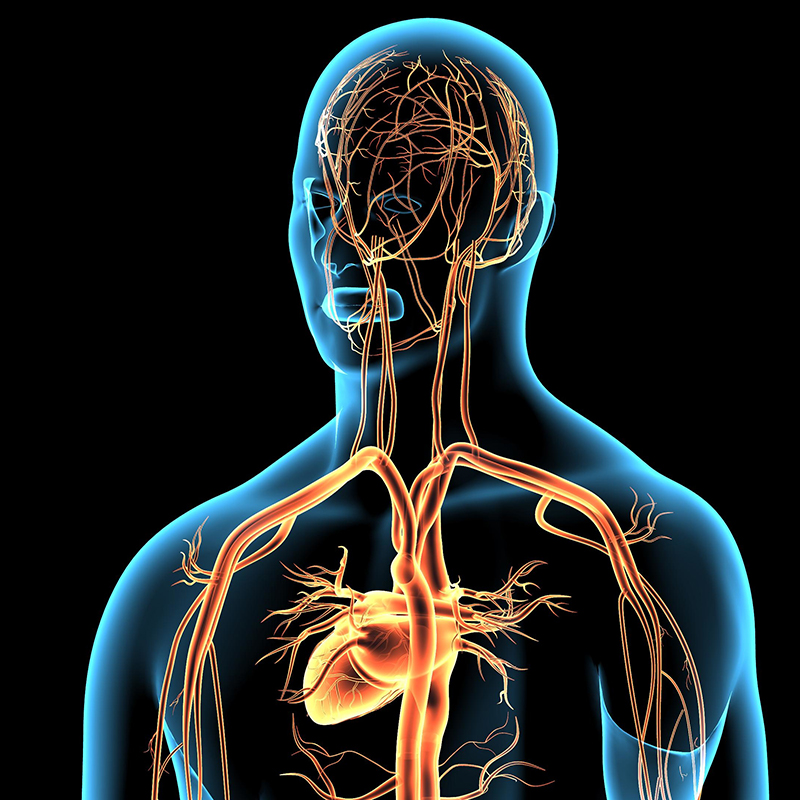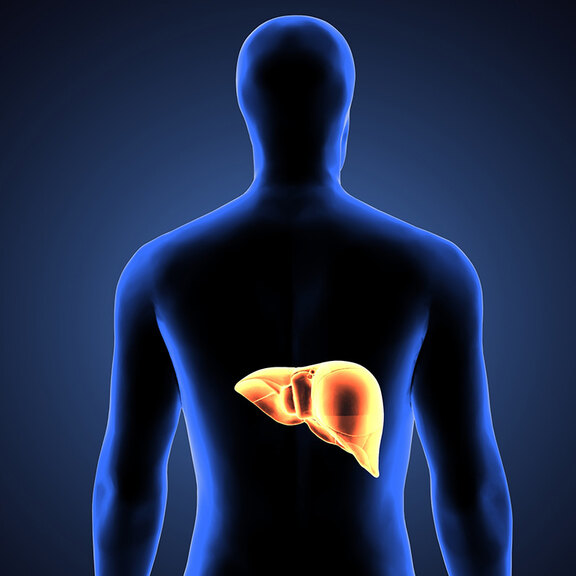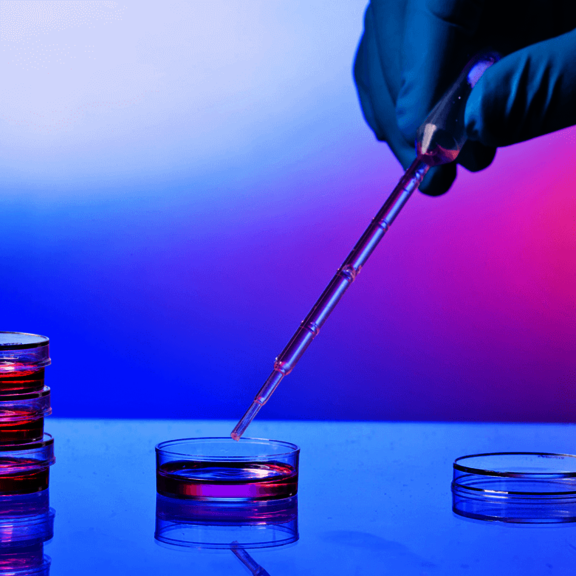Max Schaldach was already interested in medical matters while he was studying physics at the Technical University of Berlin in the 1960s – to the delight of heart surgeon Prof. Dr. Emil Sebastian Bücherl, who headed the university’s “Experimental Surgery” working group: he approached the young student with his idea to develop the first German implantable pacemaker. Schaldach was very keen right away. With his fellow student Otto Franke, who was studying electrical engineering at the time, he set to work. The two men presented their prototype in 1963: the IP-3 device was more reliable, smaller, lighter, and easier to implant than the imported products from the competition. The invention helped set the pace for Max Schaldach and Otto Franke’s careers: in 1963, they started the company Biotronik in Berlin.
Milestones in pacemaker development
Over time, Schaldach transformed the first- generation pacemakers, which were still prone to malfunctions, into reliable mini devices. Thanks to his work, he was considered one of the leading researchers in the field of biomedical engineering and a pioneer of pacemaker technology for almost 40 years. In 1968, together with a team of doctors from the university hospital Charité in Berlin, he developed a method for the fixation of an atrial electrode. With colleagues from the Erlangen Institute, he also experimented with various materials for alloplastic implants such as orthopedic prostheses and heart valves. Coronary stents, which offer particularly good long-term stability, were later developed on this basis. Other innovations were to follow, including pacemakers and defibrillators with home monitoring, which transmit data to a doctor via cell phone. With his thirst for research, Max Schaldach laid the foundations for crucial advances in medical technology that have made life easier for millions of people with heart disease.
(Header: peterschreiber.media – AdobeStock.com)




